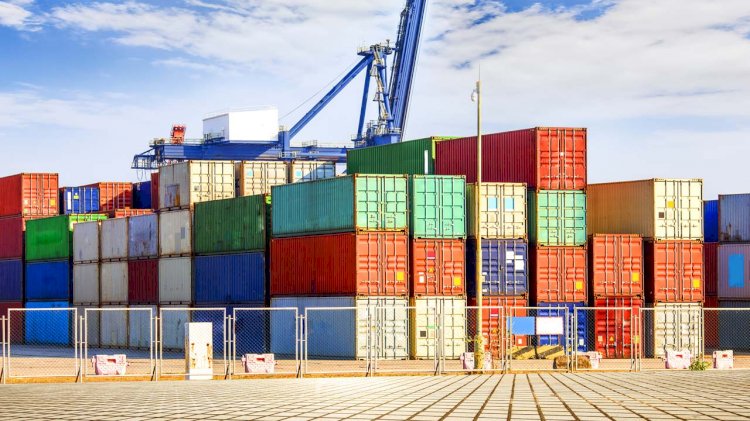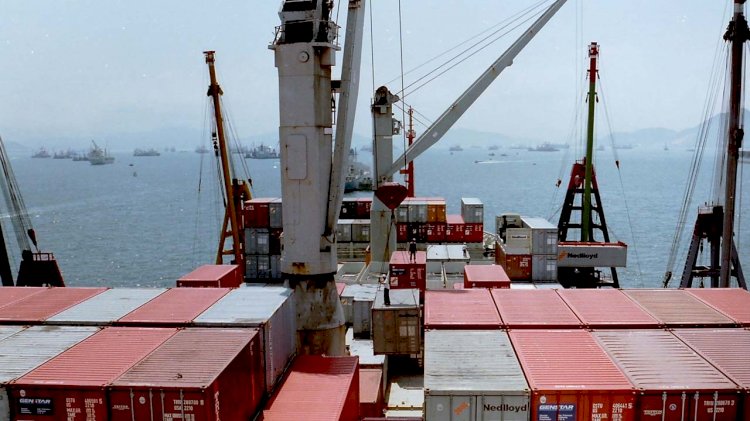In early June, CargoSmart held a webinar for NVOCCs and freight forwarders with the Freight Forwarder Chapter of China Federation of Logistics and Purchasing in China to share insights about shipping market trends and challenges faced by shipping professionals and tips to manage the impact.
CargoSmart has summarized insights from several industry reports and captured major challenges NVOs and freight forwarders in China are managing. Here are highlights from the webinar about four key challenges NVOs are facing during the COVID-19 pandemic:
1. Global Trade Turmoil
In China, the export volume of 2020 Q1 saw a year-on-year drop by 13.4%, and the total export value dropped by 4.9% YOY in January to April 2020. The turmoil has not been limited to China.
According to the WTO, due to the unprecedented outbreak of COVID-19 on the global economy, global trade in 2020 is predicted to shrink by 13% to 32%. Shipping industry research institutes shared similar findings in their research. Clarksons envisaged that 2020 would witness a 5.1% drop in ocean trade value, global sea trade volume might plunge by 600 million tonnes, while Sea-Intelligence predicted total shipping volume in 2020 would decrease by 17 million TEUs.
Tip: Prepare your company organization and information management to be responsive with organization flexibility to tackle challenges by projects, tasks, and regions.

2. Cashflow Pressures
In an attempt to see the actual impact on NVOs in China, the Freight Forwarder Chapter of China Federation of Logistics and Purchasing in China conducted a survey on the business environment during the pandemic, and interviewed more than 300 NVOs in late February 2020. The results showed that many NVOs are losing customer orders amid the pandemic outbreak. 41% of respondents said that only half of their signed contracts could be fulfilled, another 20% respondents reported that their contracts could not be fulfilled at all. Even if they could keep their customers, only 15% of them could maintain the same level of volume, 44% said their customers cut the order volume by half, and 42% said their customers did not renew their contracts.
The difficult business situation has posed an imminent challenge to the cash flow of NVOs. With revenue drastically lower and uncertain, survival has become as their top priority.
Tip: Seek ways to offer differentiated service, including a premium online service experience to increase customer satisfaction.
3. Added Complexity in Trade
Besides the challenging business environment for the shipping industry, COVID-19 also reshaped the demands for a wide range of products and altered delivery patterns. As you may imagine, necessities such as medical supplies and personal protective equipment have taken priority in shipping slots. Non-necessities, such as clothing and electric appliances, were stuck in warehouses. These sudden changes created challenges for NVOs and freight forwarders to manage storage arrangements, stock arrangements, supply chain flexibility, and shipping route planning.
Tip: Work closely with customers, suppliers, and carriers to identify urgent orders and find ways to prioritize and expedite them.

4. Decline in Operational Efficiency
COVID-19 also resulted in a rise in blanked sailings and terminal closures. In the first four months of 2020, there were over 430 blank sailings. Asia-North America routes experienced the most significant fall in capacity. Southeast Asian ports were heavily congested, and European ports experienced a heavy cargo backlog. Overall schedule reliability in Q1 was recorded as below 60%.
With schedule changes occurring at the last minute, many NVOs and freight forwarders spent extra effort to stay on top of the latest schedule updates. Nevertheless, not all changes could be noticed timely and accurately. NVOs expended effort to recover from blanked sailings and rectify errors in the delivery process, which eventually led to a drop in operational efficiency.
Tip: Evaluate your carriers in terms of schedule reliability by trade and port pairs to select carriers with stronger performance to meet your cut-off times and delivery dates.



